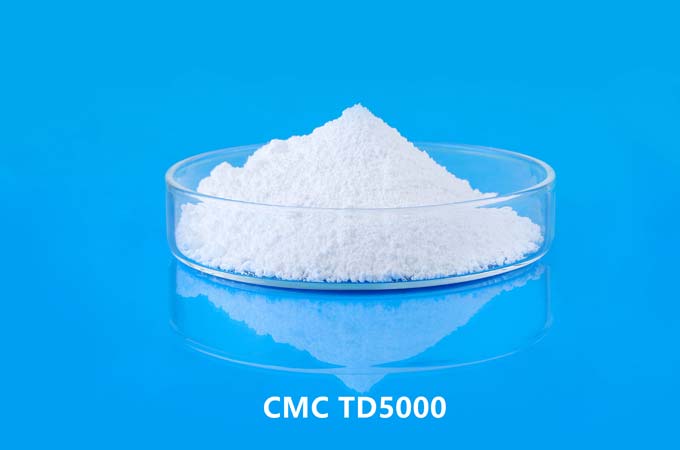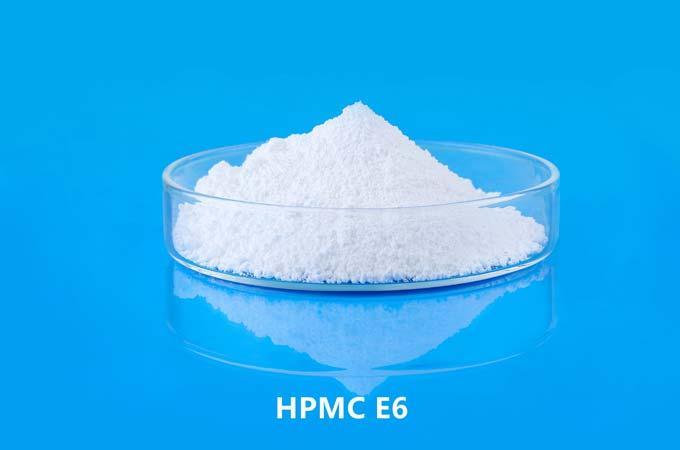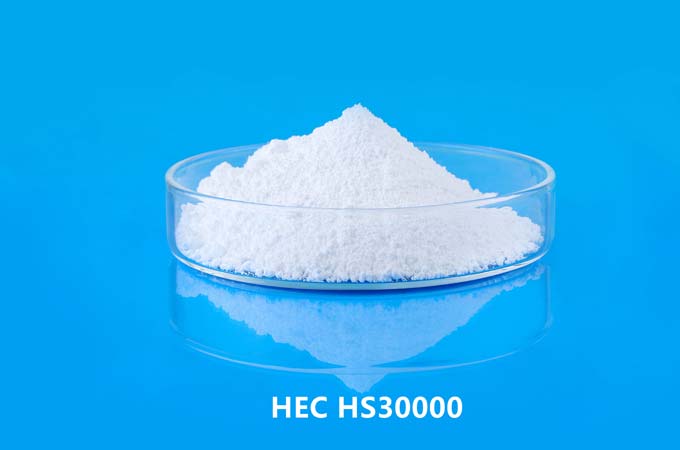Sodium carboxymethyl cellulose, referred to as CMC, is a typical cellulose ether and belongs to the polymer anion electrolyte.
1. Appearance
Sodium carboxymethyl cellulose is odorless, tasteless, non-toxic white or light yellow powder.
2. Solubility
Sodium carboxymethyl cellulose is easy to absorb water and has good water solubility. Indeed, it is soluble in cold water or hot water to form a colloidal solution, and insoluble in methanol, ethanol, acetone, chloroform, benzene and other organic solvents.
Viscosity also has a great influence on water solubility, the viscosity is usually 25mPa.s-8000mPa.s (1% aqueous solution)
When the degree of substitution is about 0.3, the solution is alkali-soluble. As the degree of substitution increases, the transparency of the solution will increase accordingly.
The solution of sodium carboxymethylcellulose is the same as other polymer electrolytes. Swelling occurs first in the solution, and then gradually dissolves. Therefore, when preparing the solution, it is necessary to ensure that each particle is evenly wetted, and then it can dissolve quickly. Otherwise, after it swells in aqueous solution, the mutual adhesion between the particles helps to produce a very strong film or micelles, so the particles are difficult to dissolve and the solution is difficult to dissolve.
3. Hygroscopicity
The equilibrium water content of sodium carboxymethyl cellulose increases with the increase of air humidity and decreases with the increase of temperature. At room temperature and an average humidity of 80-85%, the equilibrium moisture content is greater than 26%, but the product moisture content is less than 10%, which is lower than the former. As far as its shape is concerned, even if the water content is around 15%, there seems to be no difference in appearance. However, when the moisture content reaches more than 20%, the mutual adhesion between particles can be felt, and the higher the viscosity, the more obvious this adhesion.
4. Solution Viscosity
4.1 Introduction
The viscosity of carboxymethyl cellulose aqueous solution is a concrete manifestation of cellulose DP (degree of polymerization). It depends on the average DP of the cellulose raw material, the degree of degradation of cellulose DP during alkalization and etherification, and the uniformity of the reaction. The viscosity of sodium carboxymethyl cellulose aqueous solution increases almost linearly with the increase of concentration. In addition to the DP and distribution of cellulose, solution viscosity is also affected by solution concentration, pH, temperature, velocity gradient, and degree of substitution.
4.2 Influencing factors of viscosity
A. Effect of Solution Concentration
For high, medium and low viscosity sodium carboxymethyl cellulose, the viscosity increases with the increase of solution concentration, and has almost a linear relationship with the solution concentration.
B. The influence of pH value
The viscosity of 1% sodium carboxymethylcellulose solution is the largest, and it is also the most stable at pH 6.5-9.0. Generally speaking, the viscosity will not change much in the pH range of 9.0-11.0. But below pH 6, the viscosity drops rapidly and sodium carboxymethylcellulose begins to form, which is fully formed at pH ≌ 2.5. If the pH is greater than 9, the viscosity will also drop, but slowly at first; if the pH exceeds 11.5, it will start to drop rapidly. This is because the association of unsubstituted hydroxyl groups with basic molecules helps to promote the dispersion of cellulose.
C. Effect of temperature
The viscosity of carboxymethyl cellulose solution will decrease with the increase of temperature. When it cools down, the viscosity increases again immediately, but when the temperature rises to a certain level, there is a permanent viscosity drop. It must be pointed out that the decrease in viscosity is closely related to the degree of substitution of carboxymethyl cellulose. The higher the degree of substitution, the smaller the effect of temperature on viscosity.
D. Effect of Salt
The presence of various inorganic salt slurries will reduce the viscosity of sodium carboxymethylcellulose solution. The effect of salts on viscosity depends almost entirely on the valence of the cation. In case of monovalent cation salts, the solution is water-soluble; in case of trivalent cation salts, it is insoluble in water; when encountering divalent cation salts, it is in between.
 English
English 日本語
日本語 français
français Deutsch
Deutsch Español
Español italiano
italiano русский
русский português
português العربية
العربية Türkçe
Türkçe Nederland
Nederland



